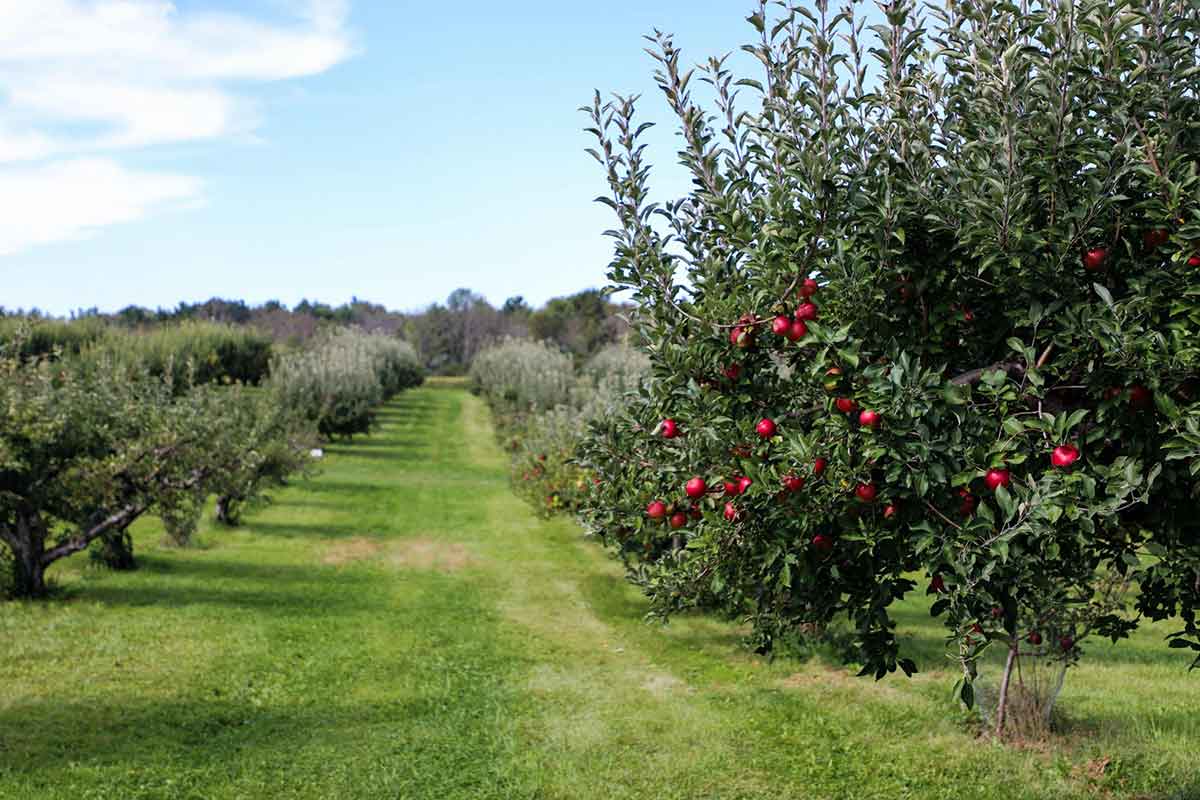If you’ve recently taken on a property with a pasture you may be wondering what the best practices are for managing it. At this time of year the weather has an important part to play and rainfall will determine grass growth and the timing of pasture management practices.
Here we outline some of the jobs you can be getting on with, and some that you can now start to prepare for later in the season:
Pasture Management Jobs For August
For those people who have just taken on a new pasture, perhaps that has been neglected for some time, harrowing and rolling is still an option at this time of year. In fact, if the spring has been very wet you may consider doing this now. Harrowing breaks up clumps of soil and dung, dragging out old grasses and encouraging new growth. Rolling then levels the surface to help grass roots get established again, and prevents water collecting in tracks and hollows. If you’re keeping horses or ponies using a drag harrow during hot dry weather is a good way to break up dung in large fields, and keep on top of parasites. Alternatively, get out there with a bucket and fork!
Throughout the summer you will need to keep on top of weeds. Poisonous plants such as ragwort or foxgloves must be removed, especially if you plan to introduce horses or ponies to your paddock or field. Ideally ragwort needs to be pulled early on, before it has a chance to seed, however more mature plants should also be removed and disposed of safely.
Ragwort and foxglove should never be topped, as once dried they become more appetising to horses and ponies yet are still as toxic as in their fresh state. Don’t assume that horses won’t eat ragwort either; if grass becomes sparse they will resort to eating weeds.
Other weeds, whilst not poisonous, may not be desirable. These can be removed using a topper, if pulling is not viable, and this will also help to remove tall, rank grasses and manage rough areas. Regular topping of areas of long grass and weedy patches will keep the sward to the optimal length for grazers like sheep and encourage new growth, increasing the volume of grass available for grazing.
For a longer cut, and to manage rougher areas a flail mower is a good option, this can even cut through small saplings depending on the machinery. For more on the differences between mowers and cutters, click here.
If you want to cut a hay crop you no doubt will be watching the weather forecast avidly! Once again you must ensure that your pasture is clear of ragwort before cutting for hay.
It may also be a good opportunity to cut your margins – if you leave a strip of grass uncut for wildlife around the perimeter of your fields. By the end of August annual grasses and wild flowers will have set seed and now the margins need to be cut to prevent them from turning to scrub.
Jobs To Do In September
As we approach autumn it is time to think about preparing for more wet weather. Now’s the time to clear ditches and drainage, check boundaries and plant new hedges and trees. Drainage around gateways is especially important as these high traffic areas can become waterlogged and muddy during the autumn and winter months. Any groundwork such as levelling and laying down aggregate surfaces is best done while it is still dry. It may also be a good idea to surface other heavily used areas of your pasture such as around water troughs.







